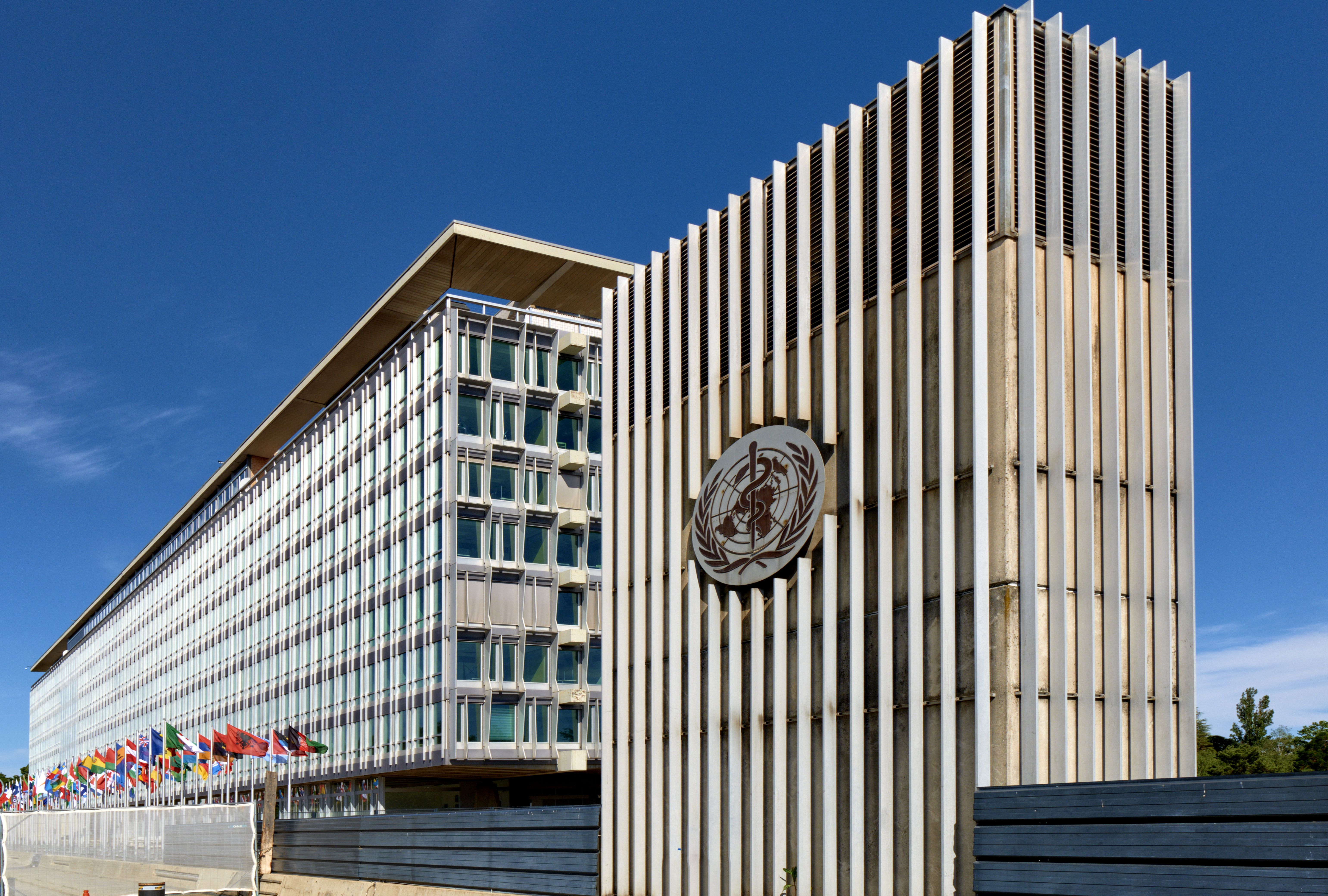Video
Dr Dennis P. Scanlon Explains Costs Associated With the Opioid Epidemic
Individuals, families, and local, state, and federal government all have incurred costs as a result of the opioid epidemic, explained Dennis P. Scanlon, PhD, professor, Health Policy and Administration, and director, Center for Health Care and Policy Research, Pennsylvania State University.
Individuals, families, and local, state, and federal government all have incurred costs as a result of the opioid epidemic, explained Dennis P. Scanlon, PhD, professor, Health Policy and Administration, and director, Center for Health Care and Policy Research, Pennsylvania State University.
Transcript
What have been the costs—not necessarily health related—that have arisen as a result of the opioid epidemic?
The opioid crisis, obviously you can’t go a day without seeing multiple news stories it seems on this issue, and it is a major issue, really a tragedy for the health of the US population. Of course, the obvious is premature death, mortality, the impact on families, and so forth and so on, but when you extend beyond that, I think you can look at the cost of the opioid crisis in a variety of different dimensions. You can look at first of all, who bears those costs, and there you can look at the individuals who are affected themselves and the family members of those individuals. You can look at state governments, local governments, as well as the federal government. So, we tend to look at cost in a variety of different buckets.
For example, if you’re a Medicaid recipient, and a Medicaid recipient has an overdose or needs treatment or therapy, often times Medicaid is incurring cost that it would not have had to occur had that overdose not happened if we were able to prevent the epidemic. Often times, individuals with addictions and with overdose get into the criminal justice system, and that involves not only sort of policing, but often times incarceration, and then judicial service cost as well. So, if you look at cost of states of having to deal with just the corrections or the judicial services associated with these cases-—whether it’s from an overdoes or addiction, or whether somebody’s supplying the drugs—there are significant expenditures there as well.
You can look at foster care costs—children who find themselves without a parent, a parent removed from the home, a parent who suffered from a premature death—and states or counties are overloaded in their foster care load as a result of this epidemic, so it really is pervasive. But, I would say criminal justice, education, special education in particular, children youth and services costs, like foster care. There certainly the medical care expenditure costs—Medicaid commercial insurers, Medicare. So it really is a pervasive epidemic, and again, individuals, families, and then local, state, and federal government all have incurred cost as a result of this epidemic.





